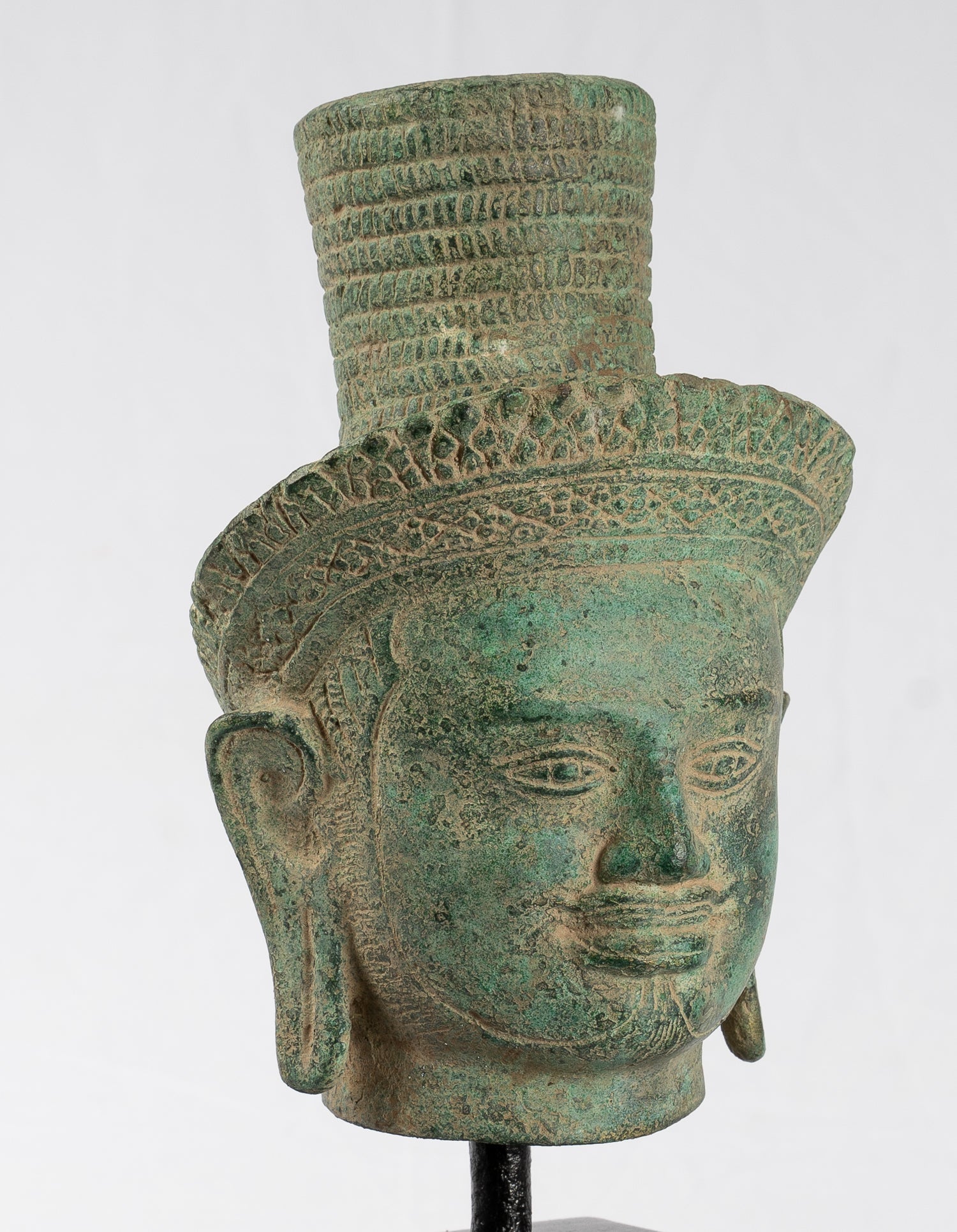
Vajramukha: The Thunder-Faced Avatar of Vishnu
In the rich and layered traditions of Hinduism, Lord Vishnu stands as the great preserver of cosmic order (dharma), assuming countless forms (avatars) to protect the universe from chaos and darkness. While the Dashavatara (the ten principal avatars) are widely known—such as Rama, Krishna, and Narasimha—there also exist lesser-known incarnations that reveal even deeper layers of mythological symbolism and divine purpose.
One such fascinating figure is Vajramukha—the "Thunder-Faced" avatar of Vishnu.
Although Vajramukha does not feature prominently in the mainstream Puranic texts like the Bhagavata or Vishnu Puranas, references to this awe-inspiring form appear in certain lesser-known traditions, regional scriptures, and tantric lore. Let us explore the story, symbolism, and spiritual meaning behind Vajramukha.
Who is Vajramukha?
The name Vajramukha comes from two Sanskrit words:
-
Vajra meaning "thunderbolt" or "diamond," symbolizing unstoppable force and indestructibility.
-
Mukha meaning "face."
Thus, Vajramukha is the one with the face of the thunderbolt—a divine being embodying both power and unbreakable clarity.
In certain interpretations, Vajramukha appears as a fierce, radiant form of Vishnu, emanating unstoppable spiritual energy. His role, like many of Vishnu’s forms, is to restore cosmic order, particularly when malevolent forces threaten the world's balance.
Iconography of Vajramukha
While detailed visual descriptions are scarce compared to more popular avatars, traditional depictions suggest that Vajramukha:
-
Has a bright, radiant face glowing like a thunderbolt
-
Wields a vajra (thunderbolt weapon), often associated with Indra, the king of the gods
-
May also carry Vishnu’s classic attributes: the conch (shankha), discus (chakra), and mace (gada)
-
Stands in a dynamic posture, symbolizing readiness to destroy ignorance and darkness
-
Radiates aura of invincibility and spiritual authority
Some tantric texts merge Vajramukha's imagery with that of fierce protective deities, linking him to traditions of divine wrath used for compassionate purposes.
Mythological Role of Vajramukha
The stories involving Vajramukha, though not part of the major epics, generally portray him as:
-
A guardian who manifests when evil beings (asuras) misuse sacred knowledge or spiritual powers
-
A destroyer of illusion, using the thunderbolt of wisdom to shatter ego and delusion
-
A protector of dharma, appearing in times when righteousness must be defended not just with gentleness, but with strength and precision
In some legends, Vajramukha is invoked during spiritual battles where ordinary intervention is not enough, requiring a deity whose very presence embodies irresistible divine truth.
Vajramukha and the Vajra Symbol
The vajra itself is a profoundly important symbol across Hinduism and Buddhism:
-
In Hinduism, the vajra is the weapon of Indra, created from the bones of the sage Dadhichi, symbolizing sacrifice and indomitable strength.
-
In Buddhism, especially Vajrayana (the "Diamond Vehicle"), the vajra represents the indestructible nature of pure consciousness.
By adopting the vajra motif, Vajramukha connects Vishnu’s preserving energy with the themes of spiritual invincibilityand the penetrating power of enlightenment.
Thus, Vajramukha is not only a warrior-avatar but also a spiritual awakener, cutting through the illusions of the material world.
Spiritual Symbolism of Vajramukha
The form of Vajramukha can be understood metaphorically:
-
Face of Thunder: The human face expresses thought and intention. A face of thunder represents a mind free from fear, full of clarity and unstoppable energy.
-
Thunderbolt as Wisdom: Vajramukha wields not brute force but penetrating wisdom—the ability to strike through ignorance and awaken consciousness.
Practitioners meditating upon Vajramukha may seek:
-
Courage to face inner demons of fear, doubt, and ignorance
-
Steadfastness in spiritual practice, especially during difficult times
-
Sharpness of mind and clarity of heart, cutting through the fog of worldly attachments
Vajramukha in Worship and Practice
While Vajramukha is not commonly worshiped in popular temples today, his symbolism can still inspire modern practitioners:
-
Visualizing Vajramukha during meditation can strengthen mental resilience.
-
Chanting mantras associated with Vishnu and Indra can invoke the thunderbolt-like force of divine wisdom.
-
Calling upon Vajramukha in times of moral crisis can serve as an internal reminder to act with both compassion and strength.
In tantric and esoteric circles, mantras invoking the vajra energy often aim to clear spiritual obstacles, making Vajramukha a powerful, though subtle, ally.
Conclusion: Vajramukha—A Hidden Face of Divine Strength
Though not as widely celebrated as Rama or Krishna, Vajramukha represents a crucial dimension of Vishnu’s energy—the ability to cut through darkness with the piercing light of truth.
He teaches us that sometimes, maintaining harmony requires not just gentleness but unshakable resolve, an ability to face the storms of life with clarity, fearlessness, and inner radiance.
Through Vajramukha, we remember that the divine does not merely soothe—it awakens, shatters illusion, and guides us back to our indestructible core.


